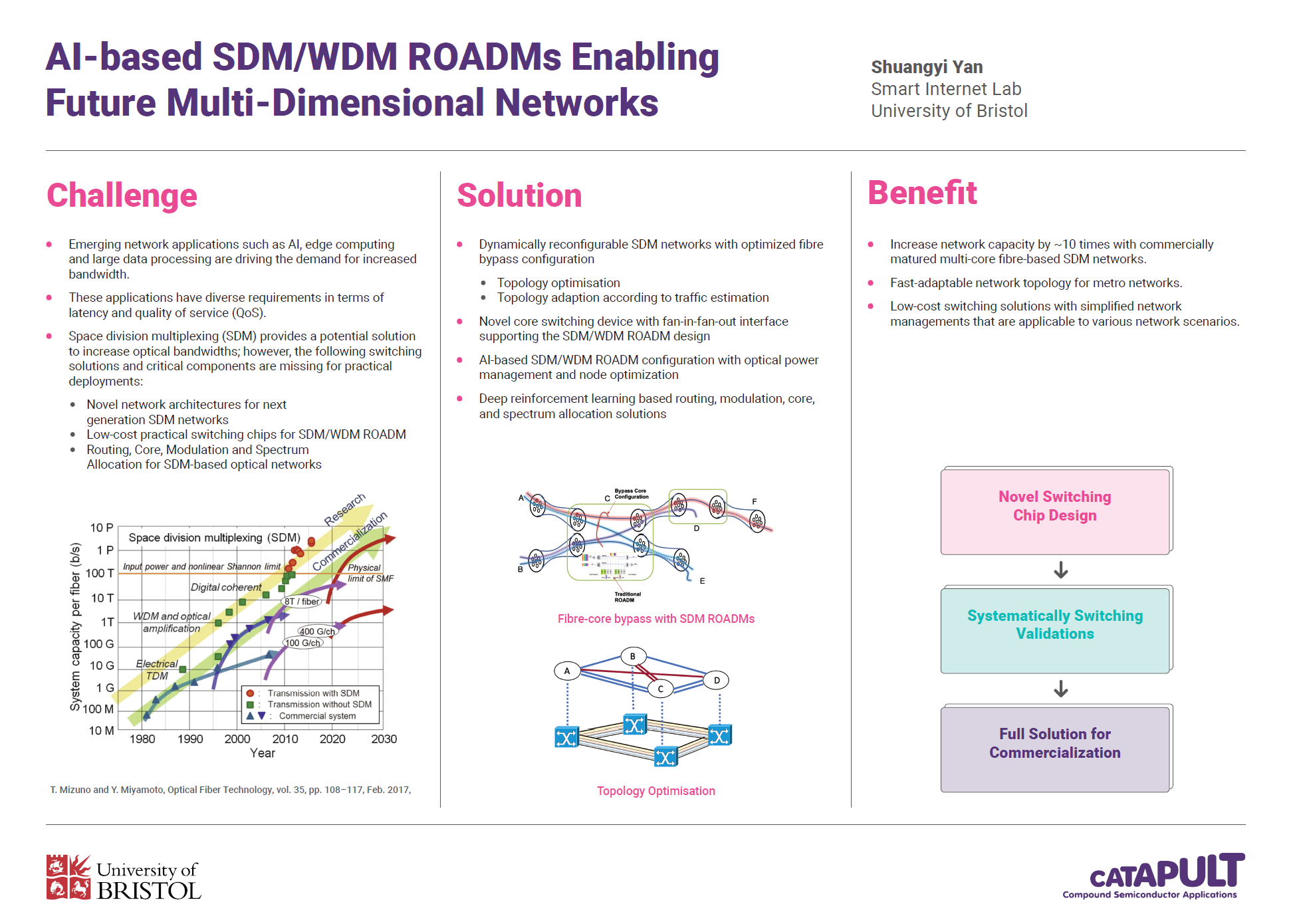What are SDM networks and what is fast optical switching?
(NZ) Spatial division multiplexing (SDM) networks are commonly used in telecoms and data communications. Unlike wavelength multiplexing, SDM uses spatial channels—sometimes via multi-mode or few-mode fibres—to transmit signals.
In telecoms networks, switch nodes control how signals are routed between endpoints. Optical switches perform this function without converting light signals into electrical form, removing the optical-electrical-optical (O-E-O) conversion step.
This reduces latency and power consumption, making networks more energy efficient. Optical switching replaces traditional electrical switching in more parts of the infrastructure.
What is the technical breakthrough identified in the paper?
The breakthrough is that the SDM network structure and traffic control are simplified. The proposed architecture:
- Eliminates the need for Reconfigurable Optical Add/Drop Multiplexers (ROADMs), reducing energy consumption and improving scalability.
- Operates on a nanosecond scale using Precise Time Protocol (PTP) technology to synchronise switching and flow control.
- Enables real-time, dynamic reconfiguration of core topology, with signal routes changing in just six microseconds—removing the need for expensive wavelength-selective switches.
The system also achieves minimal packet loss (~10⁻⁶) and leverages a novel integrated laser photonics (ILP) based topology optimisation to match traffic patterns.
What is CSA Catapult’s role in this research?
Bristol University’s research uses off-the-shelf devices to evaluate network and performance requirements for optical switching. This data informs the PIC-based hardware CSA Catapult is developing to improve current commercial switching technologies.
CSA Catapult is a collaborative partner in this research, contributing to the hardware of the fast optical switching system.
Current commercial switch hardware is bulky and power-hungry. We are developing a co-packaged PIC-based all-optical switch that integrates network control into a much more compact design, reducing size, weight, power, and cost while boosting performance across all components.








